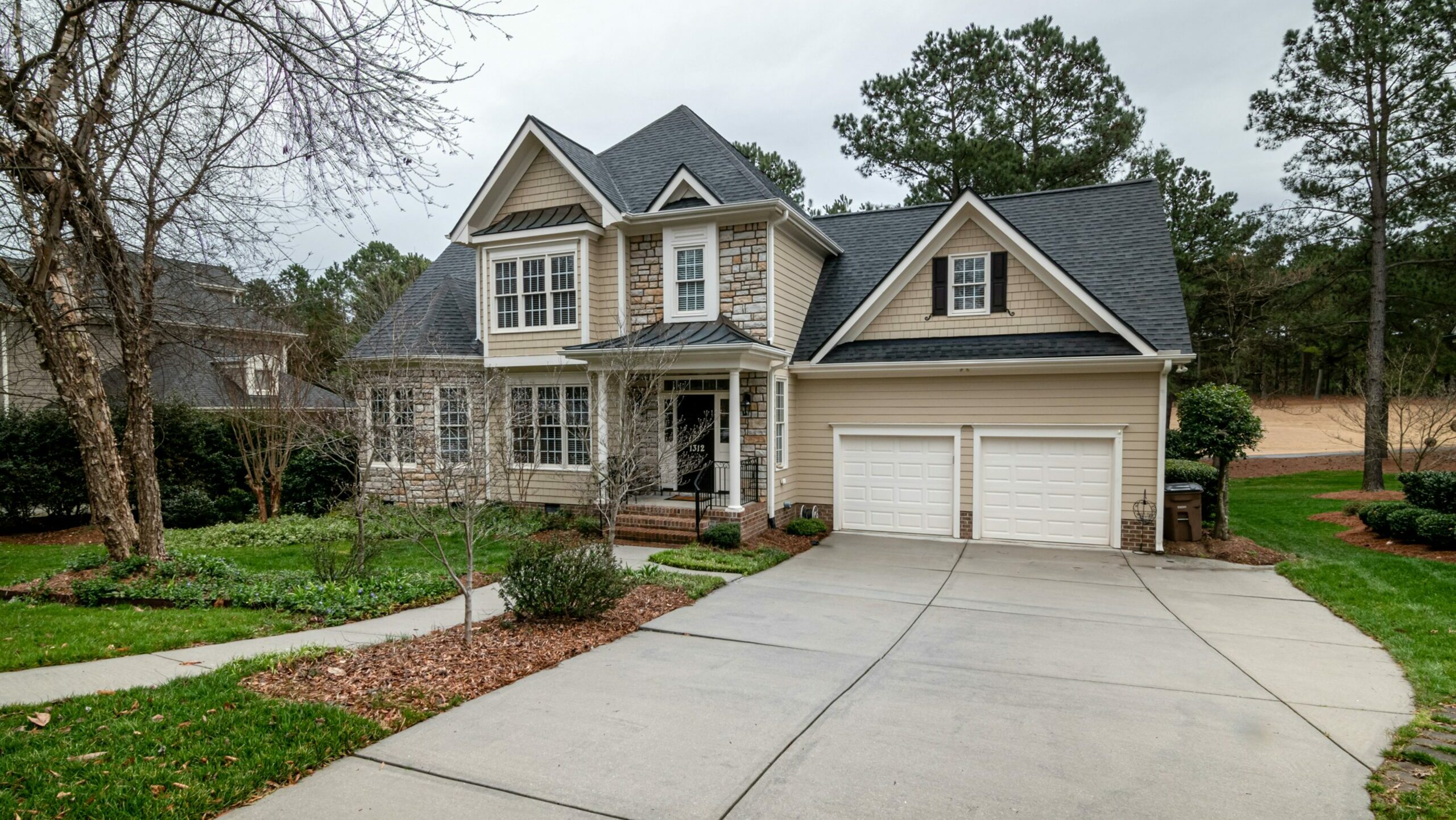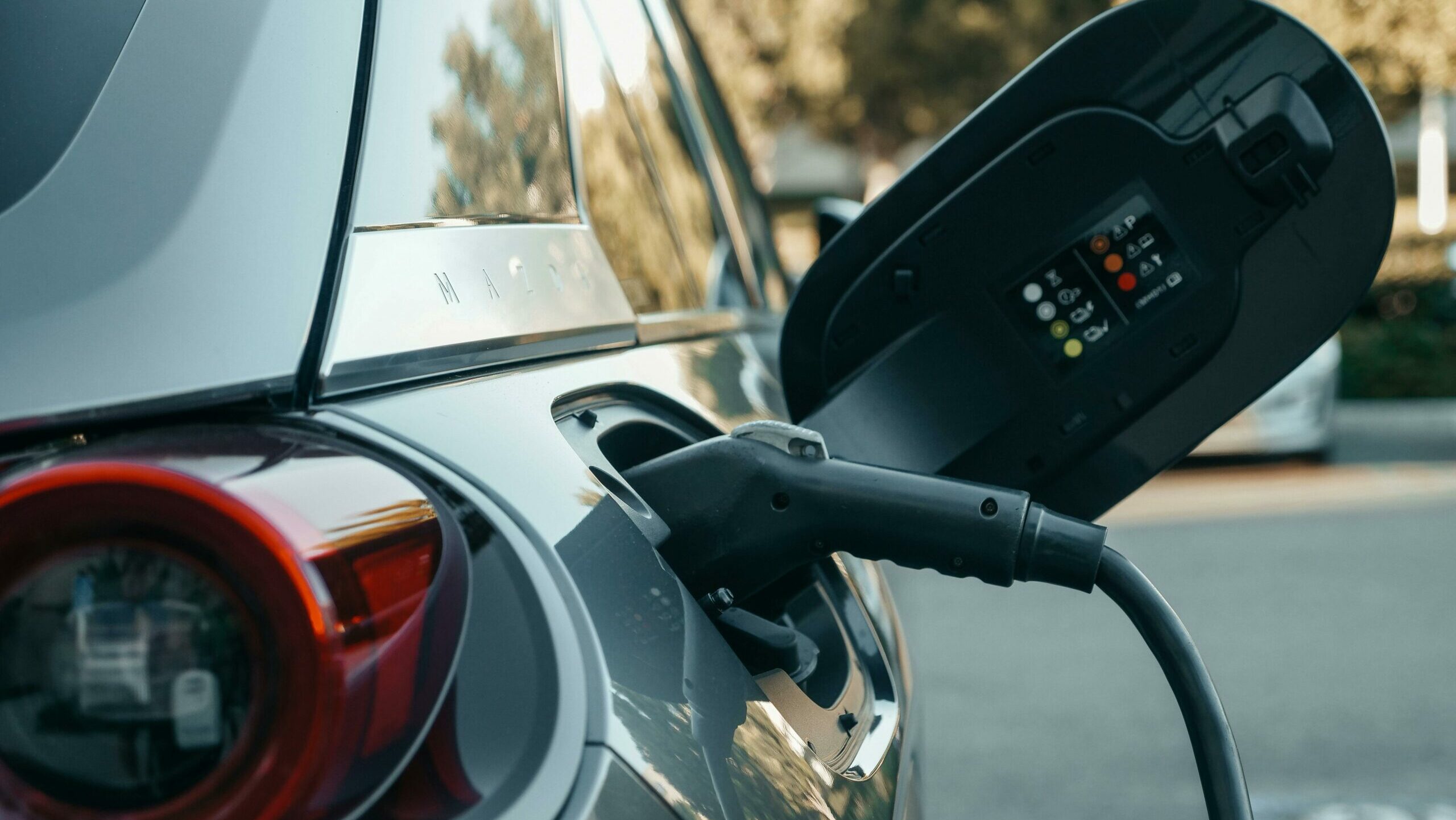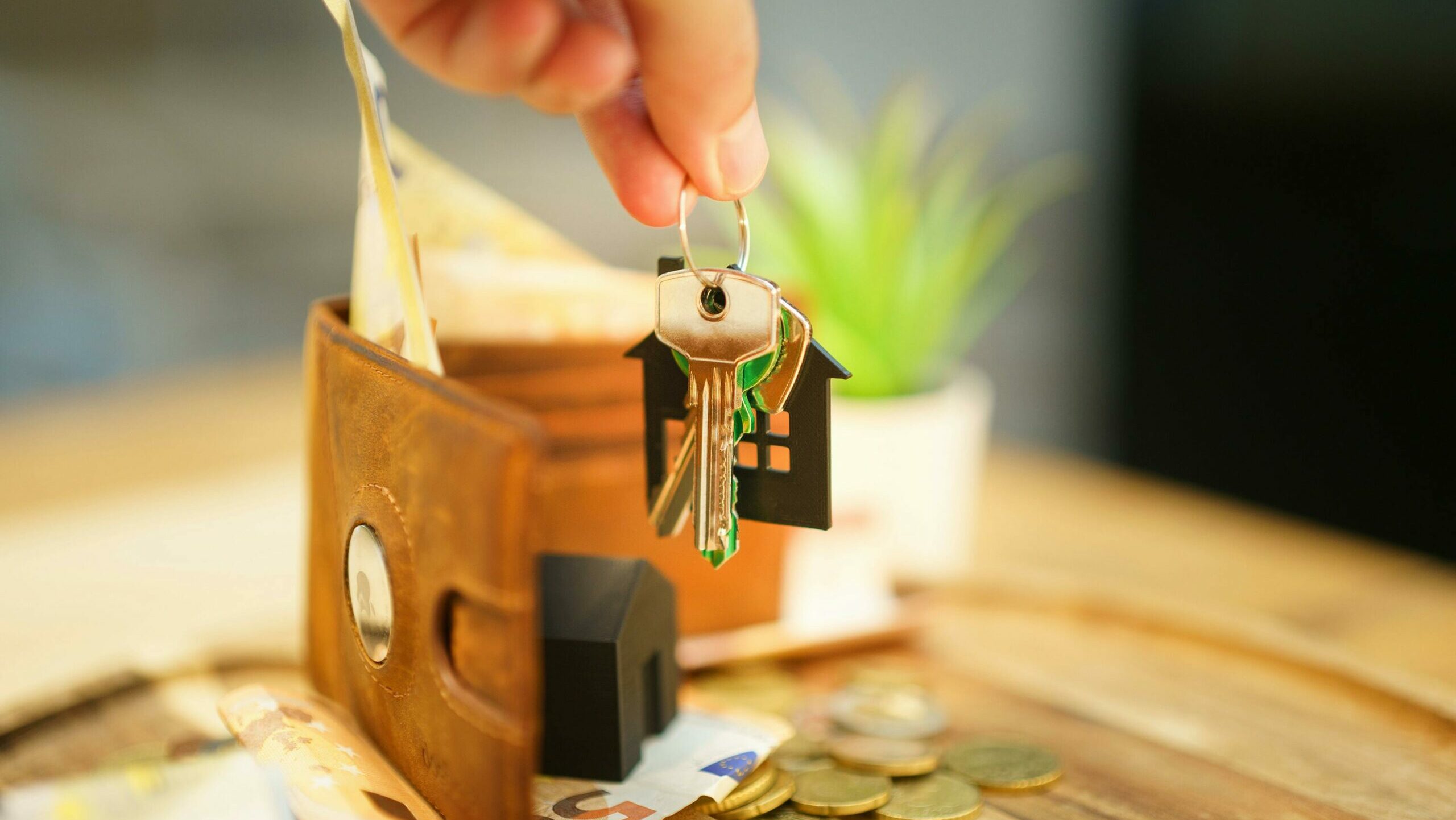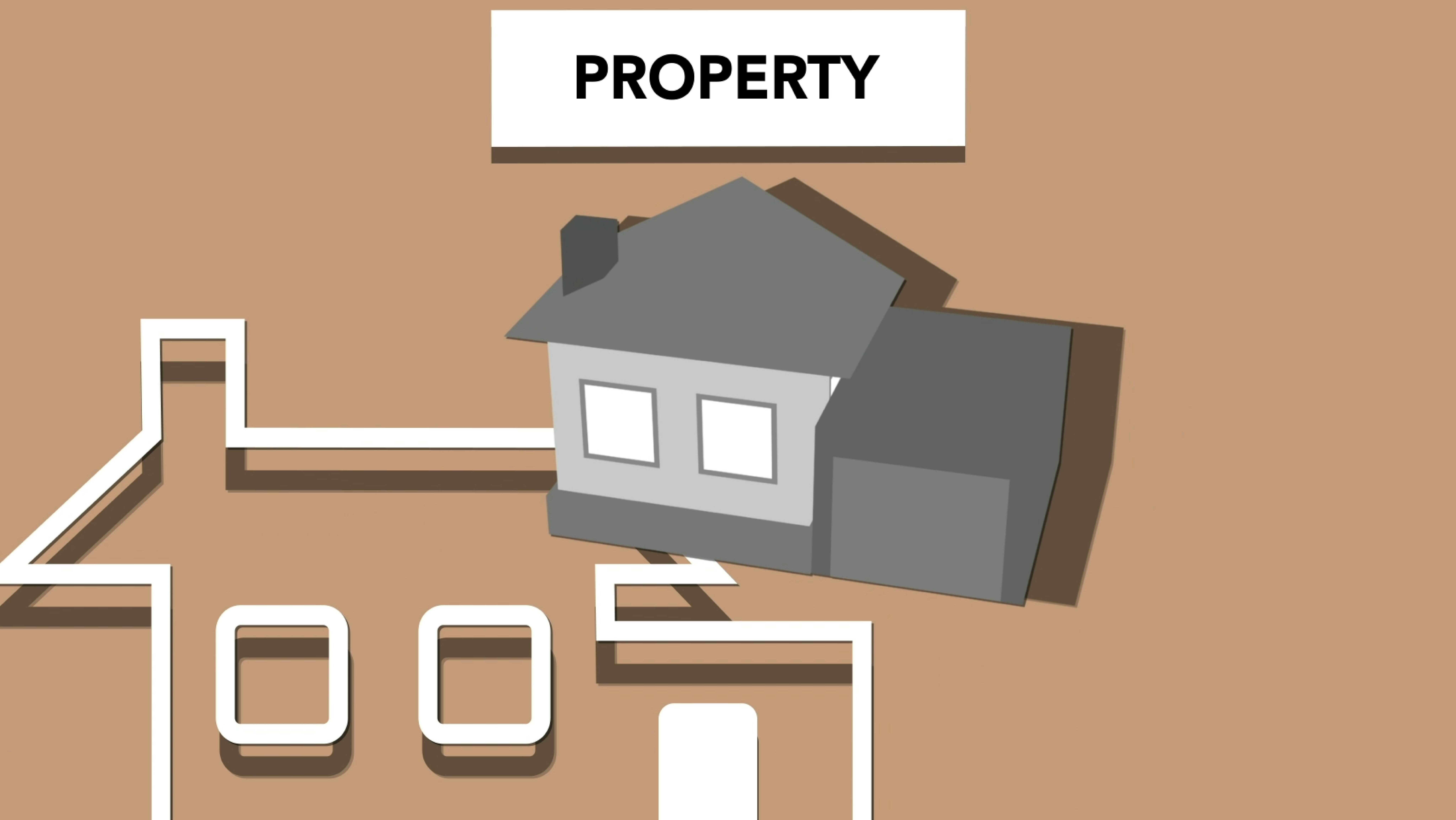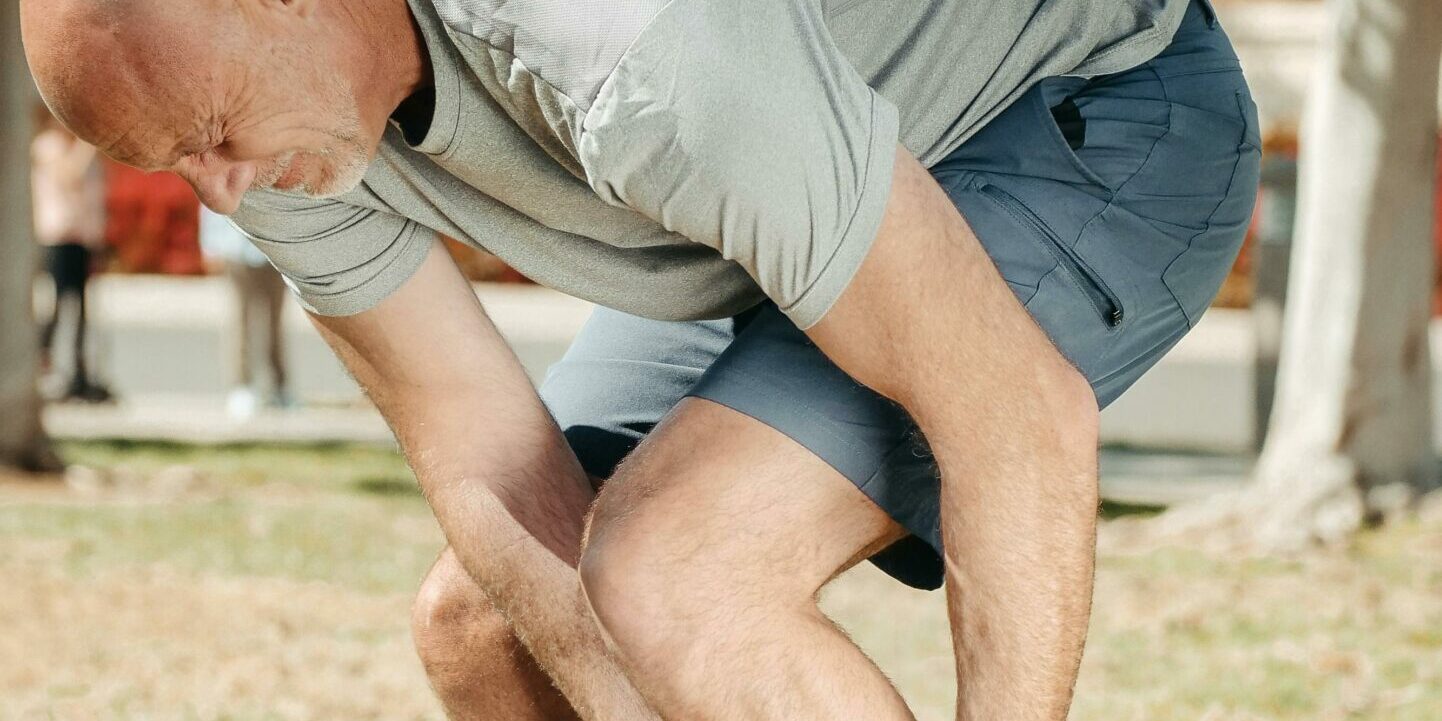Your Ticket to Freedom: Senior-Friendly Home Elevators (And No More Stair Struggles)
Let’s be honest: staircases and ageing don’t always get along. Perhaps you are preparing forward for a more accessible future or perhaps ascending stairs has turned into a pain. A house lift is not for luxury mansions either way. Today’s senior-friendly designs are small, reasonably priced, and meant to maintain life moving smoothly—no ugly stairlifts or building concerns. Whether you want to avoid the stairs on weary days, a safety increase, or wheelchair access, here is how to choose the ideal home lift without the stress.
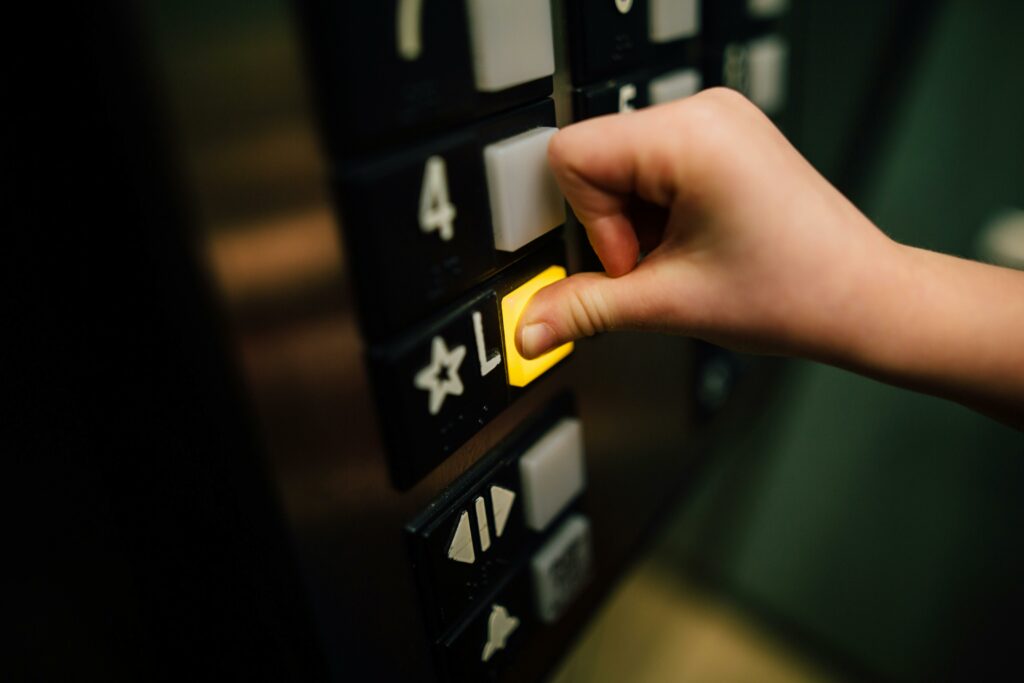
Why not glide instead of stairs?
From bulky, industrial designs, home lifts have come a long way. With modern choices, streamlined cabins that seem more like a high-end design element than a medical add-on integrate tightly into current houses. For instance, pneumatic hoover lifts take up around the same space as a closet and use air pressure—no cords! Hydraulic variants are buttery-smooth and ultra-quiet. What is the finest part? They’re not only useful; they’re future-proof. A well-chosen lift eliminates disruptive upgrades later if mobility demands alter.
Safety First (No Hospital Vibes)
Though today’s residential versions are loaded with senior-smart features, the term “elevator” may evoke visions of decrepit lifts. Search for designs with backup power for outages, emergency brakes, automated doors (no arm strength needed!), and non-slip floors. Some even have extra-wide cabins for wheelchairs or built-in seating. Pro tip: Choose a business that focusses on aging-in-place design; they will expect demands you didn’t even know to enquire about, such as mild acceleration for balance sensitivity.
Unexpected Costs (The Good Kind)
Surprise! Starting at about $20K for modest models, a simple home lift can cost less than a kitchen renovation. Although prices rise for bigger or bespoke designs, think about the cost of relocating to a single-level home or upgrading a house later. If the lift is medically required, financing possibilities and even Medicare/insurance benefits could help. And to be honest, how much does remaining in the house you love cost?
Installation: Less Mess Than You Would Expect
Concerned about years of building? Many lifts install in days, not weeks, with little disturbance. Pneumatic designs don’t even require a deep pit or machine room. Just avoid DIY or dubious sellers; this is one area where safety depends on competent sizing and installation. From licenses to post-installation hugs—okay, maybe not hugs but certainly training—a trustworthy dealer will handle all.
The Independence Factor (Free)
Forget the practical benefits; the true enchantment of a home lift is how it affects daily living. No more counting trips upstairs, worrying about falls, or feeling “stuck” on one floor. Having grandkids? Suddenly, carrying groceries or laundry is a non-issue. It’s about maintaining independence longer, on your terms, not about losing it.
Bottom Line: A senior-friendly home lift is a smart, attractive power move, not a capitulation to ageing. You’re not just purchasing a lift whether you choose a space-saving pneumatic model or a whisper-quiet hydraulic. You are purchasing back the freedom to concentrate on what really counts, safety, and simplicity (like at last converting that spare room into a yoga studio). Who is now prepared to ride?
Summary: Modern house lifts are safe, reasonably priced and made for actual life—not only mansions. Forget the stair worry and look at small, senior-savvy designs that preserve your house (and autonomy). No gold-plated buttons needed.
